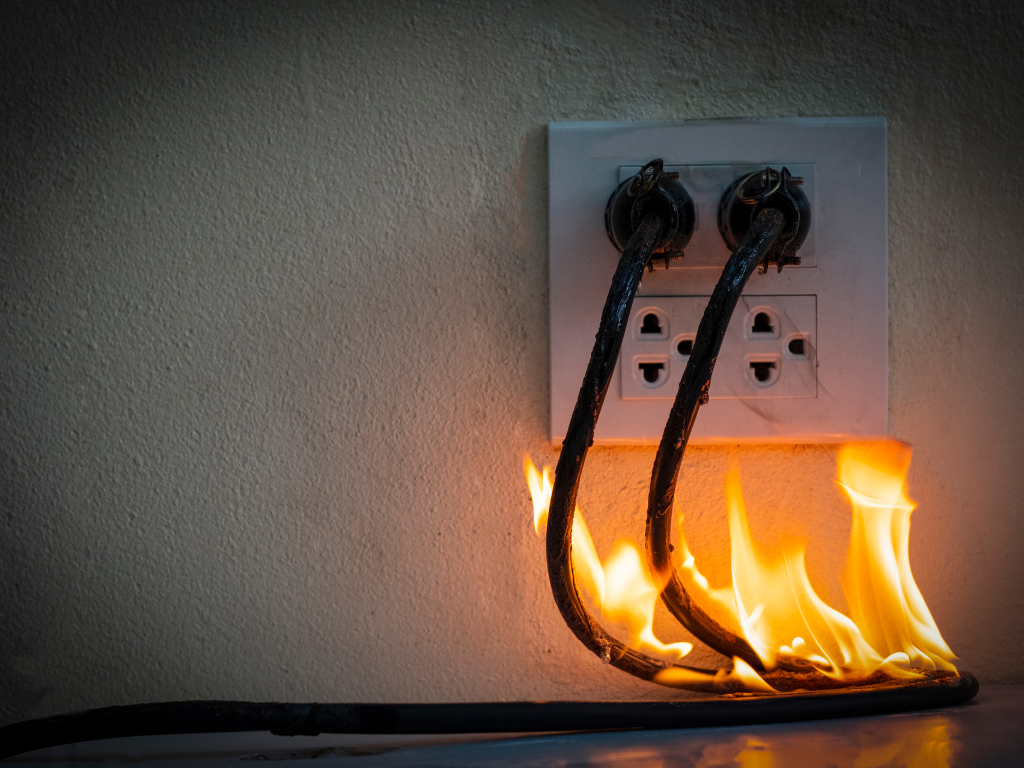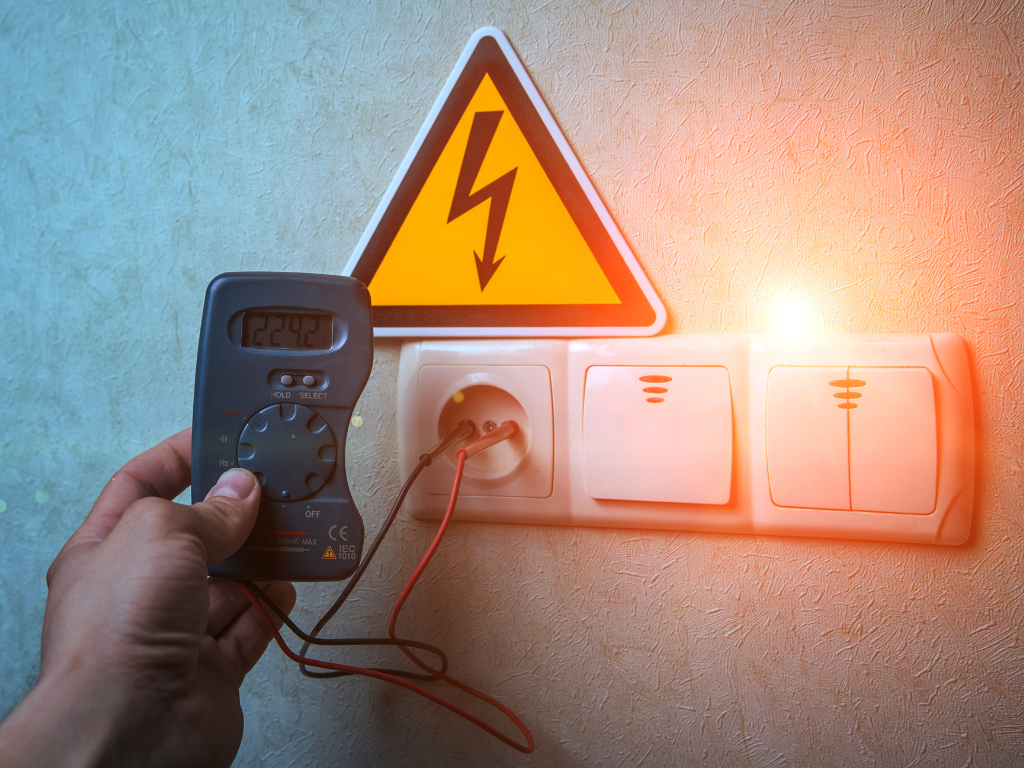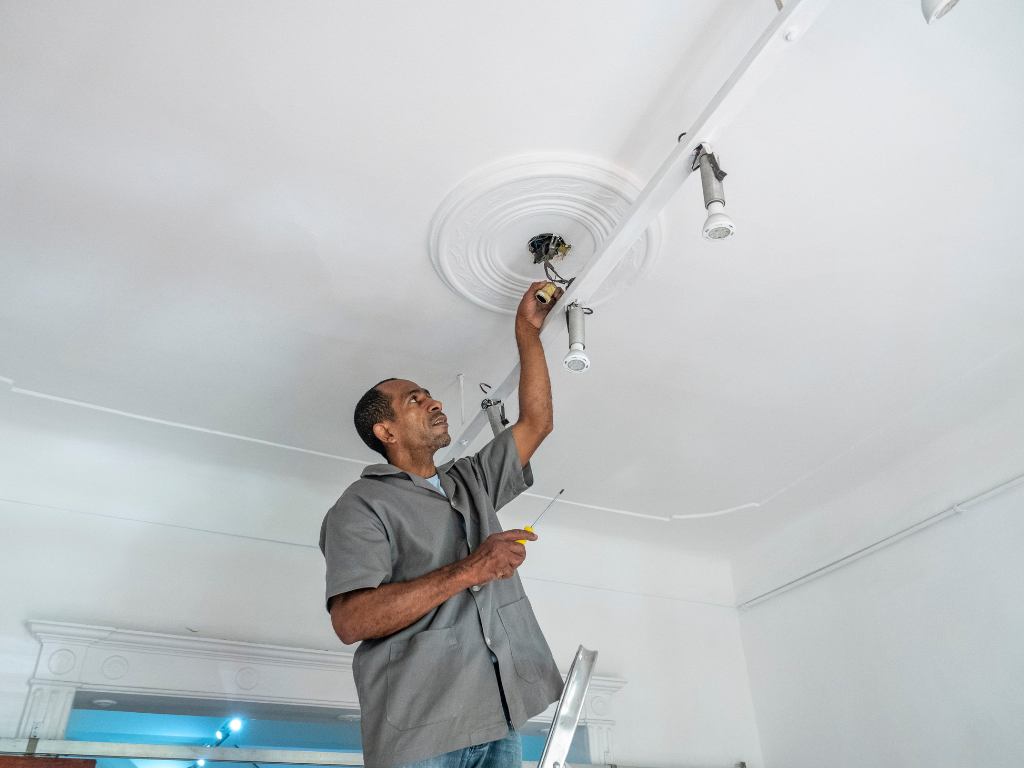
The Importance of Electrical Maintenance in Homes
Home electrical maintenance is more than a matter of comfort—it’s a matter of safety. The early signs of minor electrical issues can escalate into life-threatening problems if not properly addressed. Consistent monitoring of electrical appliances and infrastructure is essential for safeguarding your home.
Common Electrical Issues in Homes and Their Step-by-Step Solutions

Circuit Breaker Wiring
- Purpose: Each electrical circuit in your home is designed to handle a specific amount of electrical load.
- Issue: Circuit breakers can trip when too many devices are operating on a single circuit, exceeding its capacity.
- Safety Measures: The breaker acts as a safeguard by disconnecting the flow of electricity, preventing potential fires.
Step-by-Step Solution to Circuit Breaker Wiring:
- Identify which devices are connected to the problematic circuit.
- Unplug non-essential devices.
- Reset the breaker.
- Reconnect the devices one by one, monitoring for any tripping.
- If the problem persists, consult an electrician for a comprehensive system evaluation and potential upgrades.

Electrical Shocks
- Signs: A tingling sensation or a minor shock when touching appliances.
- Cause: A possible grounding issue or faulty wiring.
- Severity: Some shocks are mild and related to static but stronger shocks require immediate intervention.
Step-by-Step Solution to Electrical Shocks:
- Disconnect the offending appliance from the power source.
- Test other appliances for similar issues.
- Consult an electrician to inspect your home’s grounding system.
- Follow the electrician’s recommendations, which may include installing a ground fault circuit interrupter (GFCI).

Flickering Lights
- Signs: Occasional or persistent flickering of lights throughout the home.
- Cause: Potential disruption in the circuit’s power supply or internal wiring issues.
Step-by-Step Solution to Flickering Lights:
- Check if flickering occurs with different bulbs to rule out the possibility of faulty bulbs.
- Inspect other electrical systems in the house to see if the issue is widespread.
- Call a professional for an electrical diagnosis.
- Implement the electrician’s recommendations, which may range from simple bulb replacement to complex rewiring tasks.

Hot Ceiling Fixtures
- Regular Checks: Frequent inspections around ceiling light fixtures for heat are advisable.
- Potential Issues: This usually happens due to poor insulation or use of high-wattage bulbs.
- Risks: Overheating can lead to fire hazards.
Step-by-Step Solution to Hot Ceiling Fixtures:
- Turn off the electricity to the fixture and let it cool.
- Check the bulb wattage against the fixture’s guidelines.
- If it exceeds, replace with a lower wattage or LED bulb.
- Inspect insulation around the fixture and upgrade if necessary.
- If the problem persists, seek professional advice for a long-term solution.